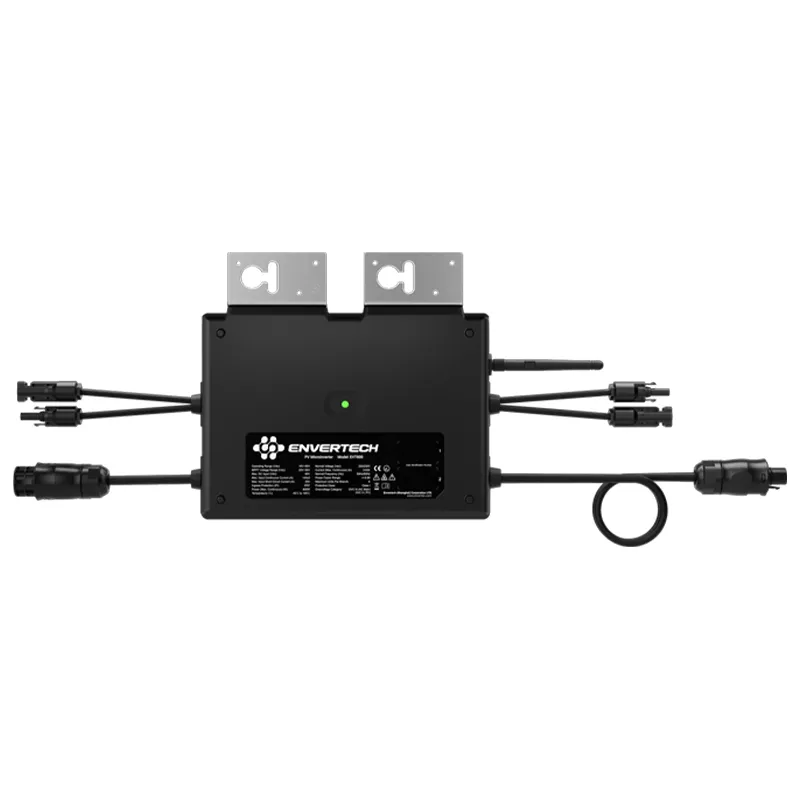concentrated solar power
The Promise and Potential of Concentrated Solar Power
In the quest for sustainable energy solutions, Concentrated Solar Power (CSP) has emerged as a promising technology that harnesses the sun’s energy to generate electricity. Unlike traditional photovoltaic solar panels, which convert sunlight directly into electricity, CSP systems use mirrors or lenses to concentrate sunlight onto a small area. This concentrated heat is then used to produce steam, which drives a turbine to generate electricity. The advantages of CSP are numerous, making it a key player in the global shift towards renewable energy.
How CSP Works
The basic principle behind CSP involves solar thermal energy. CSP systems typically consist of large fields of mirrors, known as heliostats, which focus sunlight onto a central receiver. This receiver collects the concentrated sunlight, which heats a fluid, often a mixture of water and other substances. The heated fluid then generates steam, which drives a turbine connected to an electricity generator. There are several configurations of CSP systems, including parabolic troughs, power towers, and dish/engine systems, each with distinct operational methodologies.
Environmental Benefits
CSP offers significant environmental benefits. As a renewable energy source, it emits no greenhouse gases during operation. By reducing reliance on fossil fuels, CSP contributes to lowering carbon footprints and helps mitigate climate change. Furthermore, CSP systems often utilize land that is unsuitable for agriculture or other developments, thereby minimizing competition for valuable land resources.
Additionally, CSP can contribute to water conservation efforts. Some CSP plants utilize dry cooling systems that reduce water consumption compared to conventional power plants, which rely heavily on water for cooling processes. This is particularly important in arid regions where water scarcity is an ongoing concern.
Energy Storage Capabilities
One of the most significant advantages of CSP technology is its ability to incorporate thermal energy storage. By storing heat generated during sunny hours, CSP plants can continue to produce electricity even when the sun is not shining, such as during cloudy periods or at night. This capability enhances grid stability and allows CSP to provide baseload power, something that traditional solar photovoltaic systems struggle to achieve due to their intermittent nature.
concentrated solar power

Energy storage enables operators to store excess energy when demand is low and release it during peak demand hours, thus optimizing energy use and ensuring a more reliable power supply. As grid demands grow and renewable energy sources proliferate, the ability to store energy becomes increasingly critical.
Economic Considerations
The economic landscape for CSP is evolving. Although the initial capital costs for CSP systems can be higher than those for traditional fossil fuel power plants or photovoltaic solar systems, advancements in technology and economies of scale are driving costs down. Many CSP projects are now able to compete with fossil fuels on price, especially in regions with high solar insolation.
Moreover, CSP can create jobs and stimulate local economies. Construction, operation, and maintenance of CSP plants require a skilled workforce, providing employment opportunities in various sectors. As more countries prioritize renewable energy, investment in CSP technology could play a pivotal role in job creation and economic growth.
Challenges and Future Prospects
Despite its many advantages, CSP faces challenges that may impede its widespread adoption. These include high initial costs, land use issues, and competition from rapidly falling prices of photovoltaic solar technology. Additionally, CSP is most effective in regions with abundant sunlight, which can limit its geographical applicability.
However, ongoing research and development are addressing these challenges. Innovations in materials, design, and hybrid systems that combine CSP with other renewable sources are being explored to enhance efficiency and reduce costs.
In conclusion, Concentrated Solar Power stands as a compelling solution in the renewable energy landscape. Its ability to provide clean, sustainable, and reliable electricity, combined with advancements in energy storage, positions it well for the future. As the world grapples with the effects of climate change and the need for sustainable energy sources, CSP has the potential to be a vital component in the global energy transition. Investing in this technology could pave the way for a cleaner and more sustainable tomorrow.
-
Navigating Off Grid Solar Inverter: From Use Cases to Trusted PartnersNewsAug.05,2025
-
Solar Edge String Inverter: A Wholesaler’s Guide to Inverter Technology SelectionNewsAug.05,2025
-
Microinverters: Revolutionizing Solar Energy UseNewsAug.05,2025
-
Future of Monocrystalline Solar Panel Efficiency: Latest Technological AdvancesNewsAug.05,2025
-
Solar Panels for House: A Complete Guide to Residential Solar EnergyNewsAug.05,2025
-
Panel Bifacial Performance in Snow and Low-Light ConditionsNewsAug.05,2025







